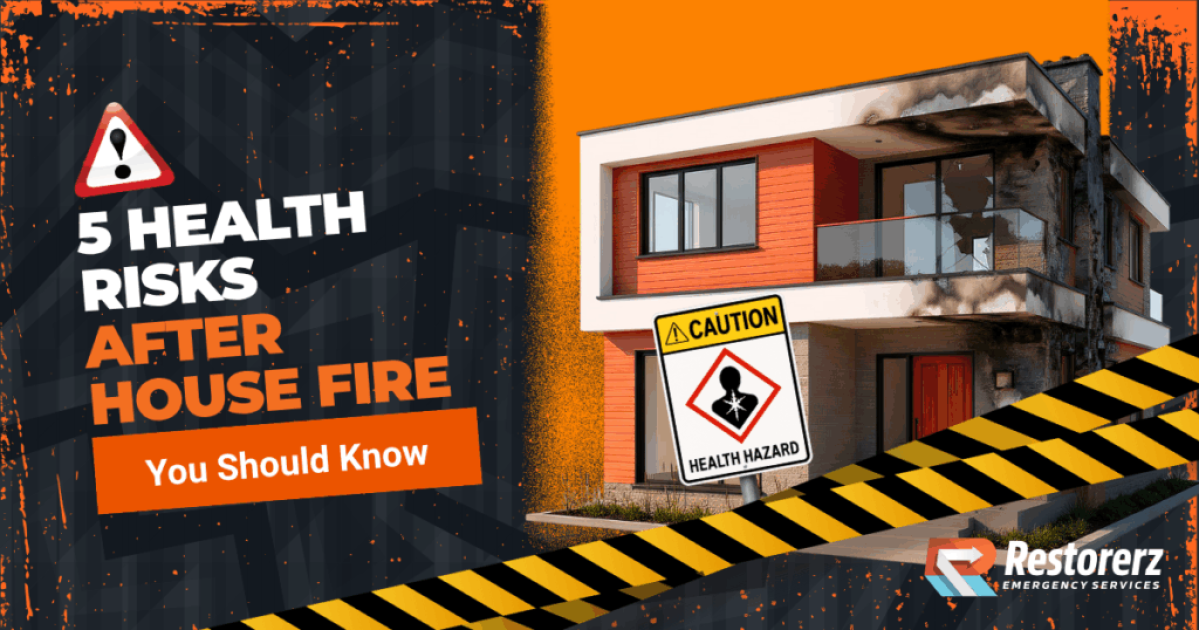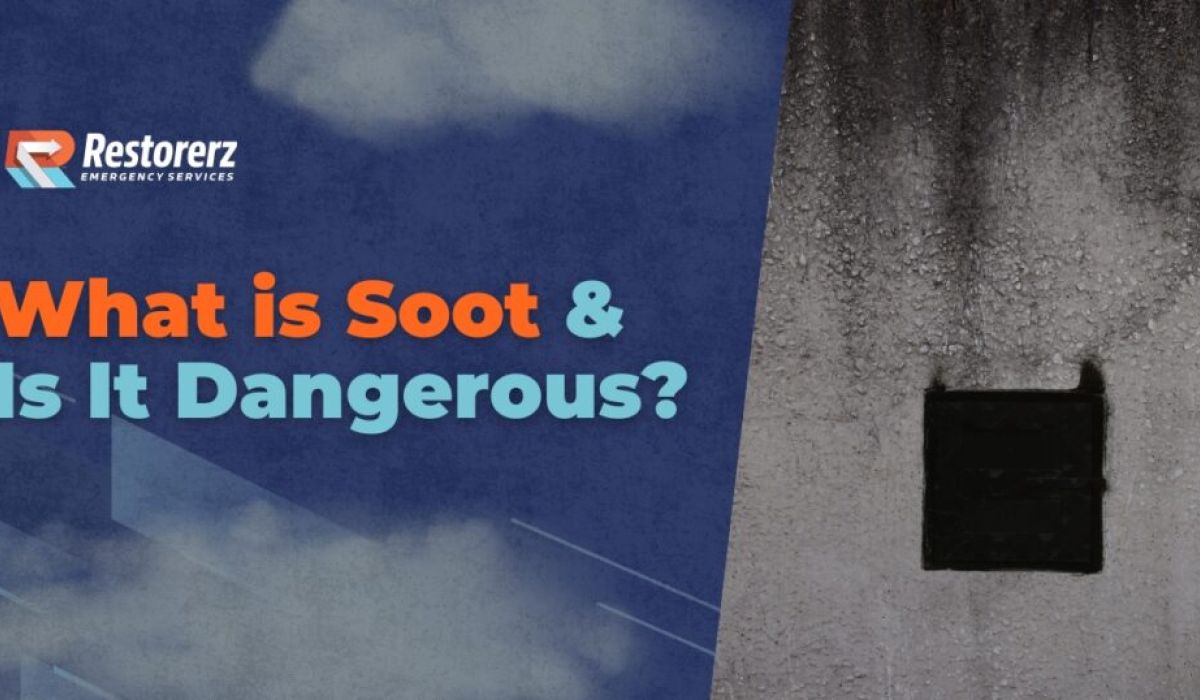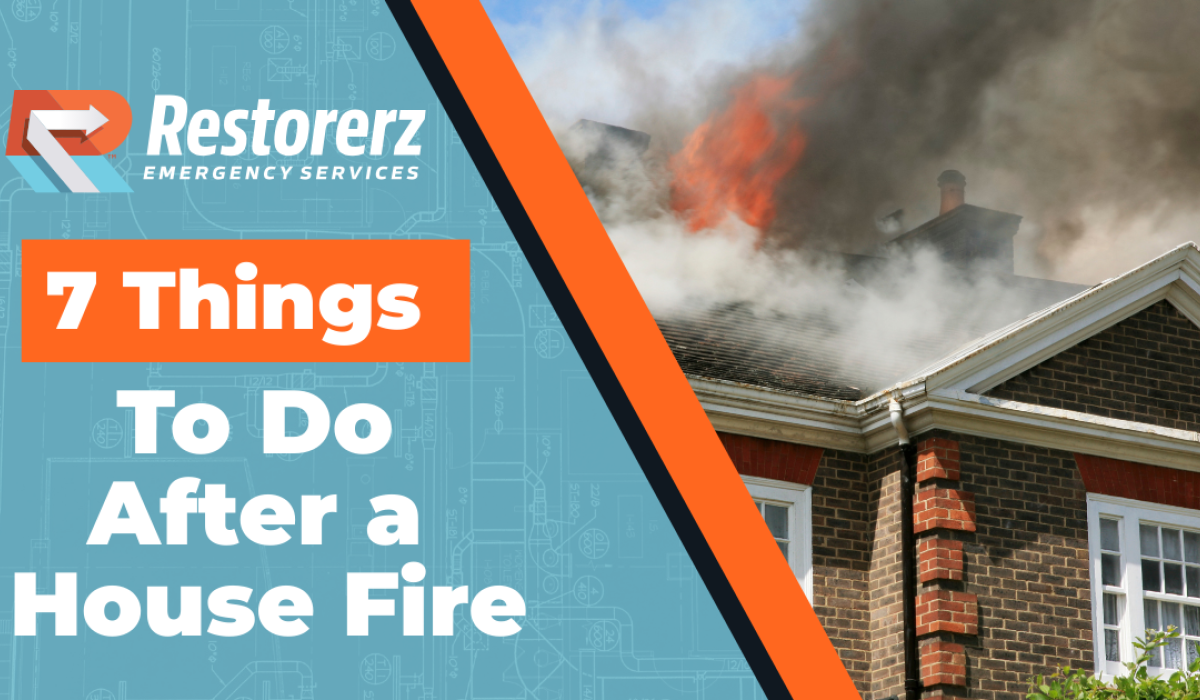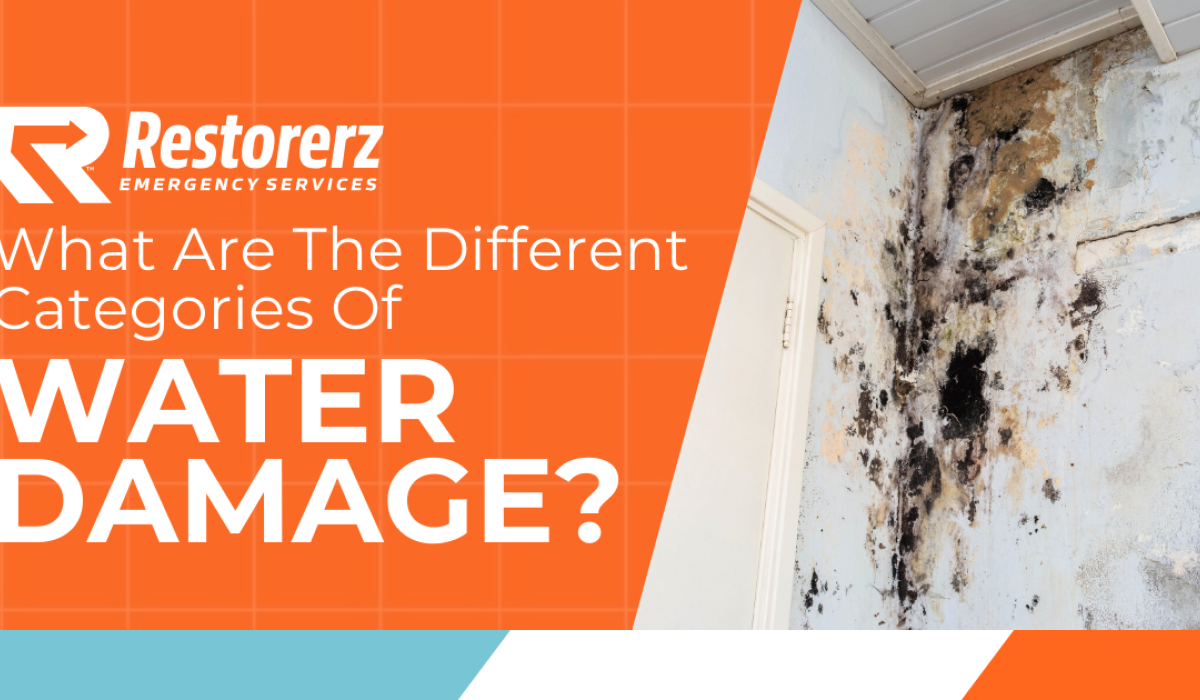5 Health Risks After House Fire You Should Know

CEO, Restorerz Emergency Services

A house fire is many homeowners’ worst nightmare, especially if you live in a wildfire-prone area like Southern California. House fires endanger you and your loved ones, destroy precious memories and belongings, and may cause serious burns and emotional distress. Aside from physical and emotional damage, there are also several health risks after a house fire that homeowners should be aware of. The experts at Restorerz Emergency Services have some information about the top five health risks after a house fire that you should know about.
Why the Dangers Don’t End When the Fire Is Out
So, what happens after a house fire, and are the dangers over once the fire is out? These environmental and health-related aftereffects may remain a threat long after firefighters contain and put out the blaze. These leftover effects of a house fire can take many forms, and they aren’t always easy to spot until much later.
Heat can weaken your Los Angeles area home’s structure, soot and smoke damage may cause respiratory issues, and mold or mildew can grow and spread long after the firefighting efforts have subsided. Here are five important health risks to remember after experiencing a house fire that you should know.
1. Respiratory problems from smoke and soot damage
Respiratory symptoms from smoke inhalation are the leading health risk after a house fire. Smoke can travel through vents, air ducts, and between walls and rooms, creating a toxic environment throughout your home. Smoke and soot damage and lingering residue can irritate or damage your lungs, causing breathing difficulties and potential allergy or asthma attacks.
The residue from fire and smoke damage can also cause sinus infections after you inhale different contaminants. If you experience shortness of breath or coughing after the fire, contact your doctor right away. Porous material can harbor toxic chemicals, so it’s important to make sure that you hire a reliable restoration company to remove the residue from furniture, carpets, drywall, and other surfaces.
2. Eye and skin irritation
Eye and skin irritation are common reactions to the variety of toxins and chemicals present after a house fire. Lingering fire smoke, soot, and other chemicals can irritate your skin and eyes. If you sit on furniture or wear clothing that was in the home during the fire, you may also experience skin and eye irritation.
You may also develop eye irritation when you touch your eyes with contaminated hands after touching damaged items or fire-affected surfaces. Mold that grows and spreads after firefighting efforts may also cause rashes and skin or eye irritation. Some symptoms to look for include inflammation, eye or skin redness, blisters, and itchy, watery eyes. Immediately wash toxins and smoke residue off your hands and body as often as possible, and splash your face with clean, cool water to reduce eye irritation.
3. Headaches, nausea, and fatigue from poor indoor air quality
Common toxins that may linger after a house fire include carbon monoxide, hydrogen cyanide, and volatile organic compounds, or VOCs. These toxins create poor indoor air quality that may exacerbate a range of symptoms like nausea, headaches, and fatigue. Tiny particulate matter can get deep into the lungs, while older homes may release dangerous amounts of asbestos into the air.
These toxins linger in the air and in your ductwork, which means you can easily breathe them in for several weeks after the fire is out. Chemicals emitted from burning plastic, wood, and fabric mix with the smoke and stay in the air, causing possible long-term health consequences for anyone breathing them in. You may experience worsened asthma and bronchitis, and many homeowners experience headaches, dizziness, bouts of nausea, and extreme fatigue due to poor indoor air quality.
4. Mold and mildew growth after firefighting efforts
Mold and mildew can easily grow after firefighting efforts because firefighters may use thousands of gallons of water to put out the fire, creating an extremely damp environment. In moist or very damp environments, mold can start to grow in just 24 to 48 hours if the leftover moisture isn’t quickly and thoroughly removed.
Water can also penetrate the walls, under floors, and in other hidden areas of your Glendale, CA, home that aren’t seen by the naked eye. This water remains even after everything looks dry, creating the perfect place for mold to grow out of sight. Symptoms like sneezing, red or itchy eyes, nose or throat irritation, ongoing headaches, and coughing, wheezing, or shortness of breath are all common after prolonged mold and mildew exposure.
5. Long-term exposure risks from toxic residues
There are many other long-term exposure risks from exposure to toxic residues after a house fire, including organ infection and lung or heart issues. Those with pre-existing conditions like diabetes or an HIV infection are more vulnerable to these aftereffects. Schedule a checkup with your doctor after a house fire to identify and treat possible long-term health issues early.
Call your doctor immediately if you experience intense abdominal pain, rapid weight loss, difficulty urinating, or black or bloody urine. Monitor pets, infants, and children who may react to the environment in more subtle ways. Long-term health conditions after house fires include an increased risk of cancer, heart attack, and stroke.
What To Do After a House Fire
It’s not safe to be in your home after a fire due to elevated levels of toxins from soot and smoke, and potential structural damage that could cause injury. Here’s what to do after a fire to keep you and your family safe.
- Contact your insurance provider as soon as possible to file a claim, and take pictures and videos of all the damage.
- Check with emergency responders to confirm that it’s safe to enter your home.
- Make sure the main power supply is shut off to prevent electrical shock.
- Remove and inspect damaged belongings, and contact a professional fire damage restoration service to begin the process of repairing and rebuilding your home.
Contact Restorerz Emergency Services Today
The experts at Restorerz Emergency Services know that health risks after a house fire are just part of the recovery process. We provide safe, effective damage restoration for customers in Gardena, Los Angeles, and beyond to salvage and restore as much as possible. To learn more or to schedule service, contact us today.
Frequently Asked Questions
How long is air toxic after a fire?
After a fire, the air can remain toxic for days, weeks, or months. The length of time toxins remain in the air depends on factors like the scope and severity of the fire, materials burned, and any ongoing cleaning and restoration efforts that take place afterward.
How long do fire odors last?
Unpleasant odors from a fire can last a few days to several months, depending on the severity of the fire and the extent of the smoke damage. With good ventilation and cleaning, some fire odors may dissipate in a few days, while widespread or severe fires may cause odors to linger for months or longer.
Can I stay in my home after a fire?
No, it is not safe to stay in your home after a fire until the authorities deem it safe and a professional inspection is completed. Lingering smoke, soot, and structural damage can cause major health and safety hazards, even if the house fire was small.

![What is Green Mold [Comprehensive Guide]](/wp-content/themes/yootheme/cache/ef/Restorerz-What-is-Green-Mold-1200x630-10.22.2025-v1-efa9ac85.jpeg)







![All About Pink Mold [Prevention & Remediation Strategies]](/wp-content/themes/yootheme/cache/3a/Restorerz-Blog-All-About-Pink-Mold-Prevention-Remediation-Strategies-1-3a7c91cf.png)
